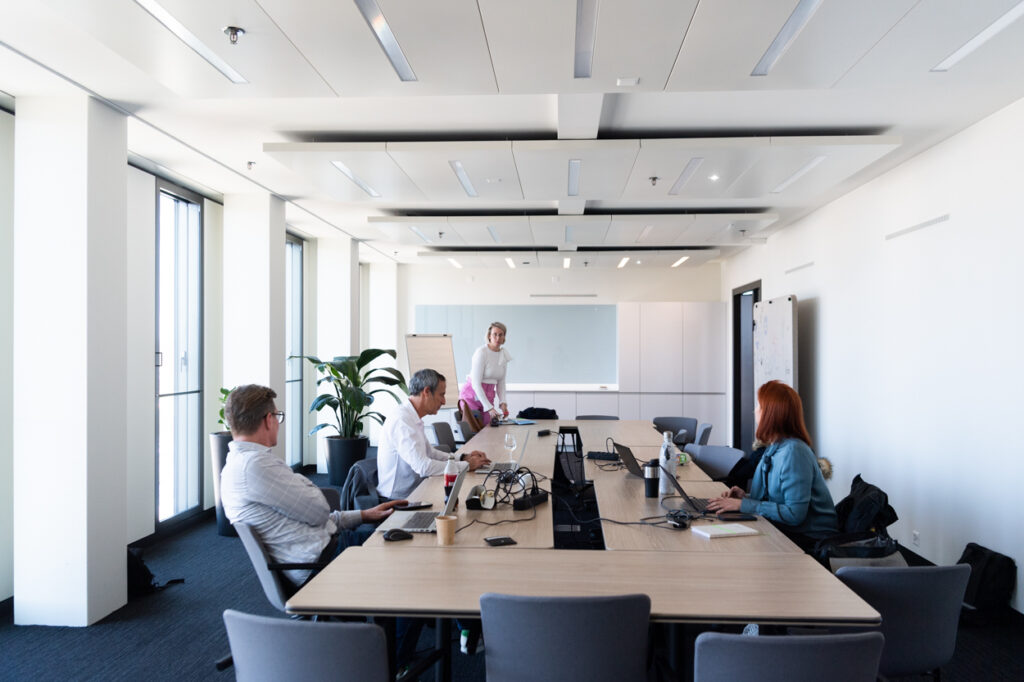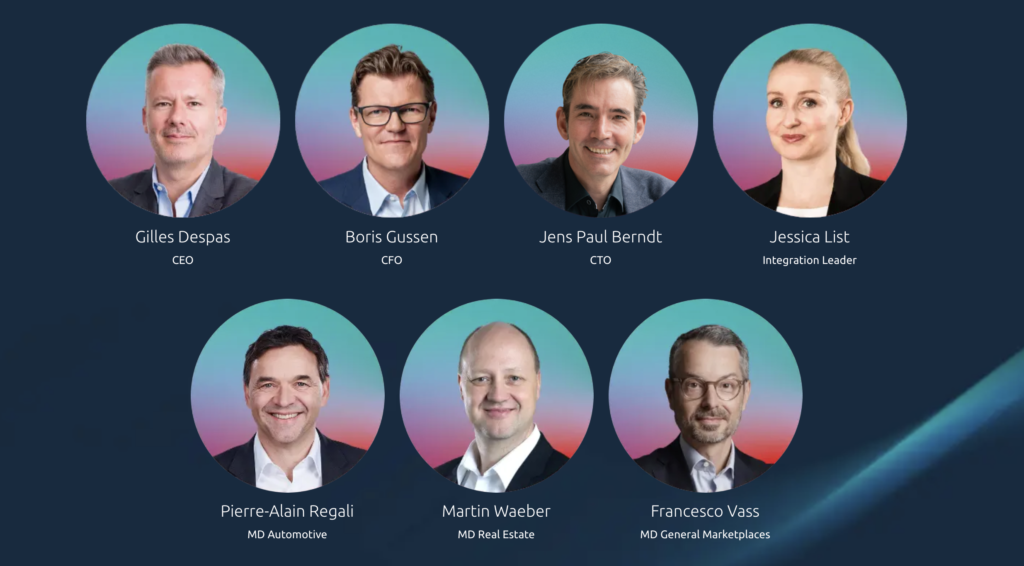With a commitment to reducing waste and embracing a lived-in atmosphere, the office’s structural changes exemplify our dedication to creating a welcoming workspace that is also kind to the environment.
In this first part of our Maintower series, we look at how considering your environmental impact and prioritising sustainable actions when planning structural changes is paramount to keeping waste as low as possible.
Considering the Environment from Within: Retaining Structure, Reducing Waste
During the renovation process, we implemented several strategies to minimize waste and preserve valuable resources. One significant challenge was the removal of electrical cables: A considerable waste element. To address this issue, we decided to retain functional lines for potential future needs, promoting resource efficiency.
Another big decision was the replacement of carpet tiling. Over 80% of the existing carpet tiles were reused. Only some worn-out tiles were replaced. This was to deliberately avoid a “too clean” and sterile ambiance, which can often create an unwelcoming atmosphere.
Throughout the renovation process, the company focused on retaining the existing building structure whenever possible. This significantly reduced excess waste materials. Only two walls on the 16th floor were demolished to create a more extensive community space, allowing for enhanced collaboration and teamwork. By embracing a lived-in look, we encourage a warm and inviting environment for our employees and visitors.
Working Smarter, Not Harder
Minimal electrical installations were employed, with a conscious effort to maintain a clean and discreet appearance. To reduce our electronic needs and more invasive construction measures, no screens were placed in front of the meeting room doors.
Another noteworthy aspect of our co-working space design is the minimal parking spaces provided. Instead, we encourage our employees to take advantage of public transportation by offering halbtax passes and a flexible work environment. People don’t need to be in the office at a certain time, allowing them to avoid peak travel times or choose to work from home. This approach aligns with our commitment to reducing carbon emissions associated with daily commuting.
Optimizing Oxygen Levels in the Workspace Environment
To minimize waste and support local suppliers, we sourced larger upholstery items from our previous location. Maintaining a healthy and fresh environment was certainly extremely important to all of our employees. This is why we carefully selected plants from our existing collection with the assistance of Oxygen at Work, a strategic partner specializing in office plant care and rental. Out of the existing plants, we were able to keep 22, i.e. over 50% of the original number. This decision was made to ensure that oxygen levels in the office remained optimal for employee well-being and that the greenery added a more lively touch to all the spaces. The remaining plants had either already reached their end, would not have survived the move, or had the potential to cause allergies. By partnering with Oxygen at Work, we also ensured that the retained plants receive proper care!
A Blueprint for Success
The commitment to sustainability and environmental responsibility we have, is exemplified through the thoughtful renovation of our new co-working space. Our three main takeaways are:
- Minimizing waste during renovations
- Functionality over newness
- Centering employee well-being & energy efficiency in our decision making
Our next article in the Maintower Series will look at how we brought our predominantly digital company to life in dedicated physical branding areas of our spaces! Stay tuned.





